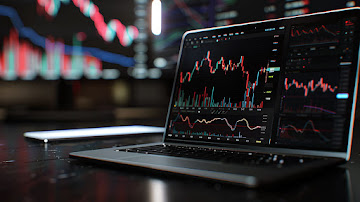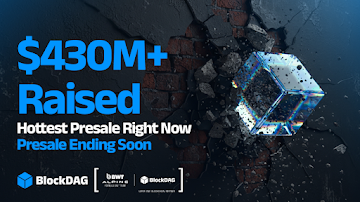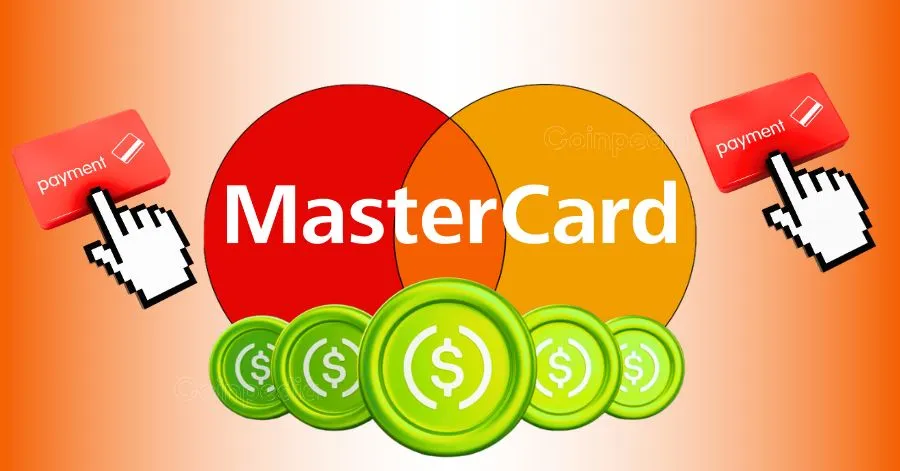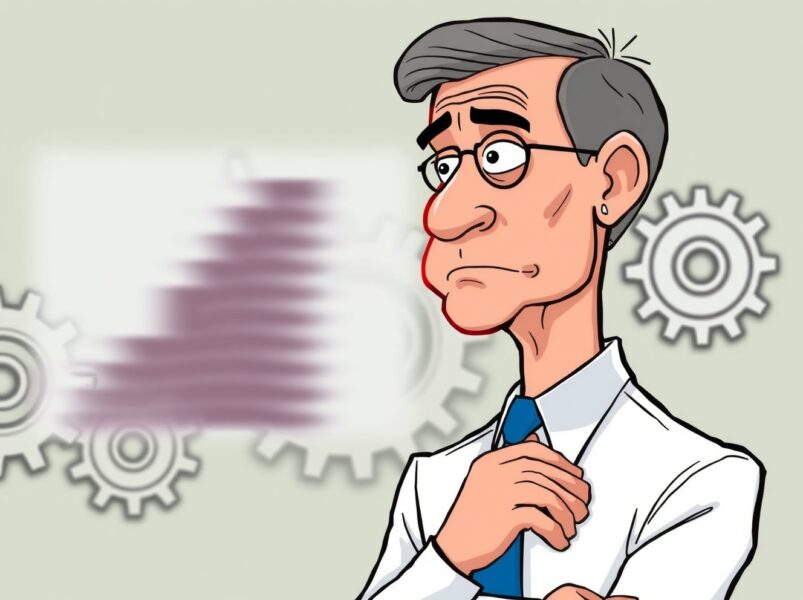Why BlockDAG Tops the List of Best Crypto to Buy Alongside Solana, Cardano, & Chainlink
Crypto markets are buzzing again, and investors are once more hunting for projects that combine real technology with strong community support. With new developments pushing digital assets back into the spotlight, some coins are separating themselves from short-lived trends and proving their long-term potential.
This list looks at the best crypto to buy right now, based on performance, innovation, and investor momentum.
Among them, BlockDAG stands out for its explosive presale and groundbreaking tech foundation, while Solana, Cardano, and Chainlink each bring their own strengths to the table. Together, these projects show where attention and capital are flowing as the next phase of crypto growth begins to unfold.
1. BlockDAG: The Nearly $435M Presale Powerhouse
BlockDAG (BDAG) has quickly become one of the most talked-about names in crypto, raising nearly $435 million in its presale and drawing more than 312,000 holders worldwide. This early success signals real belief in its hybrid design that merges Proof-of-Work security with a DAG-based structure capable of processing up to 15,000 transactions per second. The live Awakening Testnet already supports more than 4,500 developers, showcasing both speed and Ethereum compatibility. A key step toward mainstream utility.
Another major strength is its mining ecosystem. Over 20,000 X-Series miners have been sold globally, from the entry-level X10 to the high-performance X100, giving individuals a chance to participate directly in network validation. This approach spreads decentralization and creates tangible engagement beyond passive holding.
Led by CEO Antony Turner and advised by world-renowned computer scientist Dr. Maurice Herlihy, BlockDAG is backed by audits from CertiK and Halborn and a global partnership with the BWT Alpine Formula 1® Team. With its $0.0015 presale price set to rise before launch price of $0.05, BlockDAG stands out as the best crypto to buy for traders seeking proven traction, credible leadership, and real-world adoption potential.
2. Solana: Institutional Momentum & ETF Buzz
Solana (SOL) continues to grab attention from institutions after surpassing the $200 mark. With the approval of the first U.S. spot Solana ETF, the network now has a direct bridge to traditional capital markets. This ETF milestone opens the door for large investors who prefer regulatory clarity while still accessing blockchain growth. Solana’s technical performance has held strong, running as one of the fastest layer-1 networks with active ecosystems in DeFi, gaming, and NFTs.
Trading around $202, Solana faces both optimism and caution. Analysts note potential upside if prices break the $254 resistance level, while downside risks remain if it falls below $188. Still, ETF-driven demand and growing developer activity make Solana one of the best crypto to buy for those looking for exposure to a maturing ecosystem with serious institutional appeal.
3. Cardano: Patience Meets Progress
Cardano (ADA) has long been a slow-builder in the crypto world, but its consistency continues to pay off. With a current price near $0.67, ADA has shown stability amid market turbulence. Recent developments, like the x402 Protocol introducing AI-powered payments, point toward meaningful innovation on the network. Cardano’s DeFi sector has also shown resilience, maintaining activity through October’s volatility. A positive signal for long-term investors.
The network’s focus on peer-reviewed research and measured growth has earned it a reputation for reliability, even if its pace frustrates short-term traders. If ADA can hold its range and reclaim the $1 zone, analysts see room for renewed momentum. For those drawn to disciplined development and sustainable utility, Cardano remains the best crypto to buy for steady growth potential rather than speculative hype.
4. Chainlink: The Infrastructure Play Gaining Strength
Chainlink (LINK) has quietly become one of the most essential projects in crypto infrastructure. Powering real-world data feeds for thousands of smart contracts, it’s a backbone for DeFi and tokenized assets. The recent market correction saw whales accumulate over $188 million in LINK, a strong show of confidence in its long-term value. Prices currently hover around $18.75, and with supply on exchanges dropping, analysts see a potential breakout toward the $20-22 range.
Beyond its price chart, Chainlink’s expanding integrations; especially in real-world asset tokenization, make it a vital layer of the future digital economy. The Chainlink Foundation’s buyback of 63,000 LINK in late October 2025 reinforces belief from within. With its utility spanning both DeFi and traditional finance, Chainlink continues to be the best crypto to buy for investors who want solid fundamentals and consistent network adoption.
Summing Up
While Solana’s ETF progress, Cardano’s measured evolution, and Chainlink’s infrastructure dominance all command respect, BlockDAG’s mix of technological strength, verified audits, and unmatched presale scale positions it in a class of its own. It isn’t just another speculative coin; it’s a functioning network backed by active miners, a transparent team, and institutional-level partnerships. Its combination of accessibility, performance, and credibility explains why so many traders view it as the best crypto to buy ahead of its mainnet debut.
As the digital asset market looks ahead to 2026, these four projects highlight how the next cycle will likely reward innovation, trust, and adoption. BlockDAG, with its hybrid architecture and global traction, appears best placed to lead that charge; offering traders not just promise, but proof of progress.
Disclaimer: This is a paid post and should not be treated as news/advice. LiveBitcoinNews is not responsible for any loss or damage resulting from the content, products, or services referenced in this press release.
The post Why BlockDAG Tops the List of Best Crypto to Buy Alongside Solana, Cardano, & Chainlink appeared first on Live Bitcoin News.
You May Also Like

Mastercard Goes All Into Web3 Via Acquisition of Zerohash for Nearly $2B

Crucial Delay: How Lack of Data Could Impact Fed Policy Adjustments
